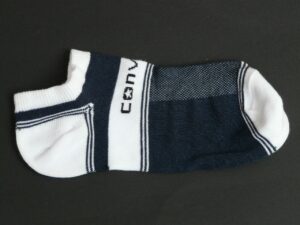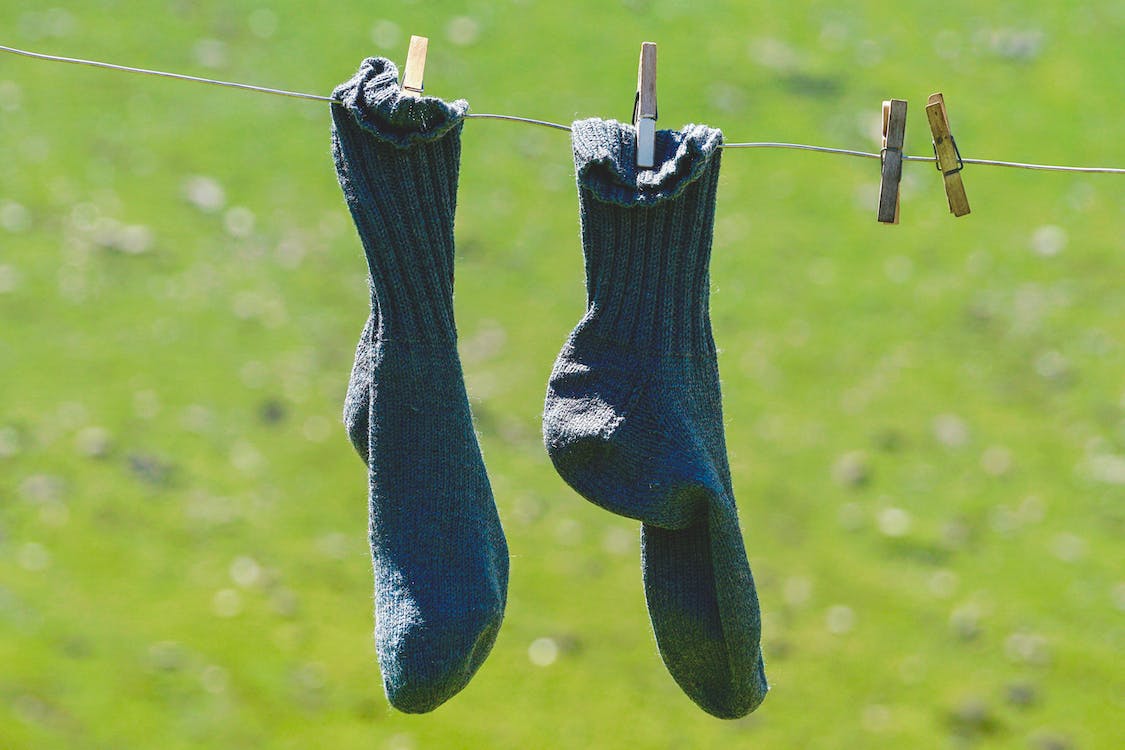
When it comes to fashion, socks are often overlooked. But the truth is, socks can make or break an entire outfit. Have you ever thought about why some socks feel so much better than others? What materials are used to make the perfect sock? Let’s take a look at the different types of sock materials and compare the advantages and disadvantages of each. By the end, you’ll have a better understanding of what makes a good sock and which materials are best for your feet.
Introduction to Socks and Materials
Socks are a vital part of any wardrobe. Not only do they keep your feet warm, but they also add a touch of style and comfort to any outfit. Socks come in a variety of materials, from cotton to synthetic blends, and each material has its own unique benefits and drawbacks. In this article, we’ll take a look at the different types of sock materials and compare their advantages and disadvantages.
The Different Types of Sock Materials
The material of the sock can be a major factor in overall comfort. Every material has its own unique properties and benefits. Here are some of the most common materials used to make socks:
- Merino wool
- Organic cotton
- Bamboo
- Synthetic blends
Each of these materials has its own unique properties and benefits, so it’s important to understand the differences between them before making a decision.
Comparing the Benefits of Different Sock Materials
When it comes to choosing the best sock material, there are many factors to consider. The best material for you will depend on your individual needs and preferences. Let’s take a look at the benefits of each material:
What Makes a Good Sock?
When it comes to finding the perfect sock, comfort should be your top priority. A good sock should be able to keep your feet warm and dry, while also providing the right amount of cushioning and support. Additionally, the sock should be made from breathable material and have good moisture-wicking properties.
The Benefits of Merino Wool Socks
Merino wool is one of the most popular sock materials. Merino wool is a naturally breathable fabric that is able to regulate body temperature and keep your feet cool in the summer and warm in the winter. It is also highly durable and can last for many years. Merino wool socks are also great for those with sensitive skin, as the material is naturally hypoallergenic.
The Benefits of Organic Cotton Socks
Organic cotton is another popular material for socks. It is breathable, soft, and lightweight, making it perfect for everyday wear. Organic cotton is also hypoallergenic and free of harsh chemicals and dyes, making it a great choice for those with sensitive skin. Additionally, organic cotton is more environmentally friendly than other materials, as it is grown without the use of pesticides and chemical fertilizers.
The Benefits of Bamboo Socks
Bamboo is quickly becoming one of the most popular materials for socks. Bamboo is naturally breathable and lightweight, making it perfect for year-round wear. It is also naturally hypoallergenic and anti-microbial, making it a great choice for those with sensitive skin. Additionally, bamboo is a renewable resource, making it more environmentally friendly than other materials.
The Benefits of Synthetic Socks
Synthetic materials, such as nylon and polyester, are often used to make socks. Synthetic materials are generally more durable and less expensive than natural materials. They are also highly breathable and moisture-wicking, making them perfect for active lifestyles. Additionally, synthetic materials are often treated with antimicrobial agents, which can help to reduce odor and keep your feet feeling fresh.
Factors to Consider When Choosing Sock Materials
When choosing the best sock material for you, it’s important to consider your individual needs and preferences. Comfort should be your top priority, but other factors, such as cost, durability, and environmental impact, can also play a role. Additionally, if you have sensitive skin, it’s important to choose a material that is hypoallergenic and free of harsh chemicals.
Conclusion
When it comes to choosing the perfect sock, it’s important to understand the different types of materials and their benefits. Merino wool, organic cotton, bamboo, and synthetic materials all have their own unique advantages and drawbacks. Ultimately, the best material for you will depend on your individual needs and preferences. When shopping for socks, be sure to consider the factors discussed in this article to help you find the perfect pair.
Welcome to consult us to make your custom socks.





